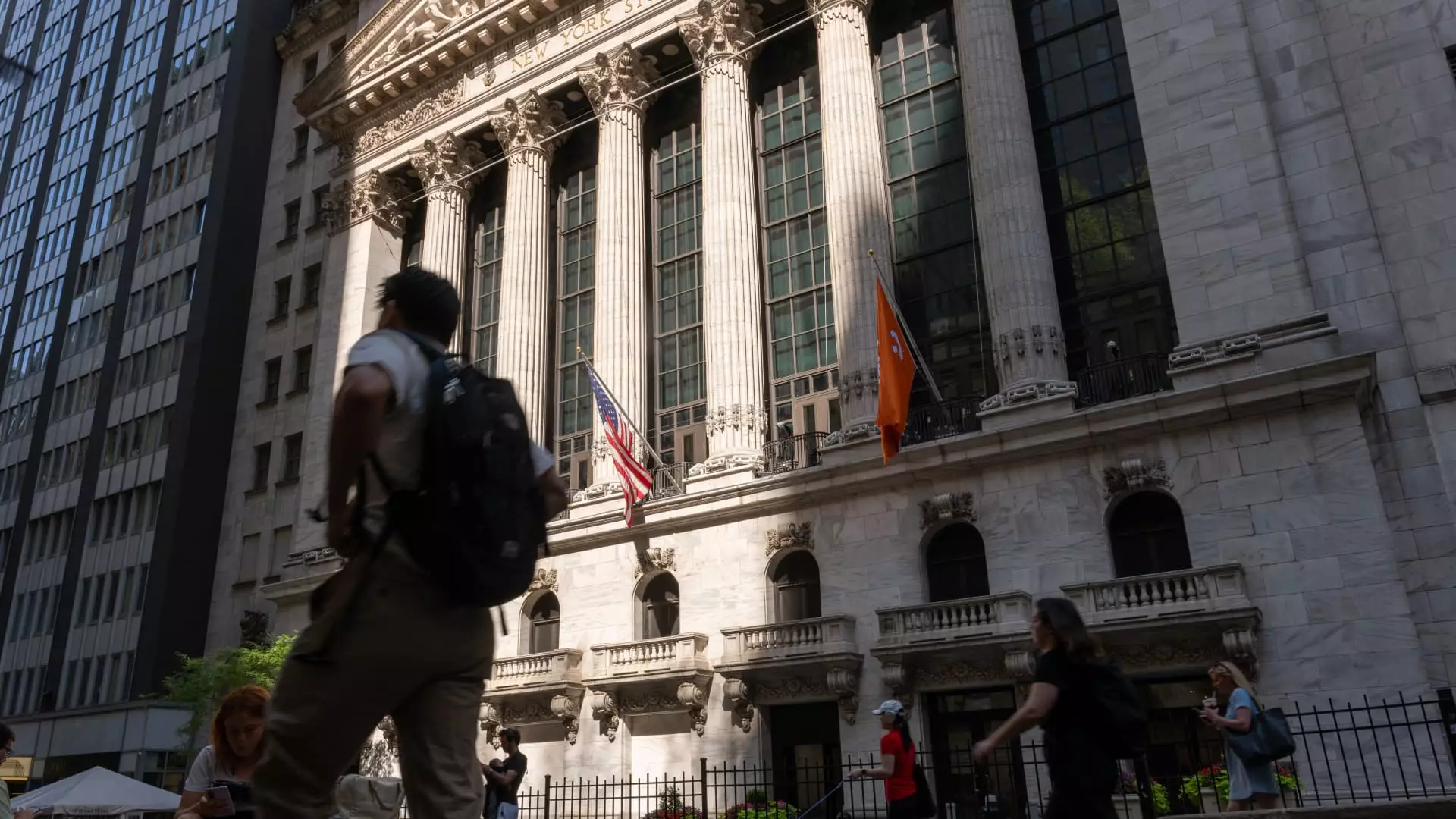The year 2023 began with great promise for merger and acquisition (M&A) activities in the United States, buoyed by a favorable economic climate and an administration signaling pro-business intentions. However, the announcement of comprehensive tariff policies by the Trump administration sent shockwaves through the financial markets, abruptly halting momentum. For a brief period, concerns about volatility seemed to create insurmountable barriers, casting doubt on an anticipated boom in deal-making and leaving both investors and companies uncertain about their next steps.
Before these tariffs, the business environment was ripe for bold moves. The combination of deregulation and the easing of inflation fears had created a fertile landscape for mergers and acquisitions. Capital was flowing freely, and expectations were high that 2023 would pave the way for powerful rebounds and groundbreaking mergers, particularly as the economy recalibrated in response to the previous year’s moderate recovery from a tumultuous 2022. These hopes were suddenly dashed as the prospect of tariffs induced market instability, impacting the very core of strategic deal-making.
Market Adaptation During Turbulence
Yet, in the world of finance, adaptability is key. Following an initial fallout, market recovery has demonstrated resilience, albeit cautiously. Reports indicate a resurgence in the appetite for M&A activities, especially as the uncertainties from the tariff policies began to fade. Kevin Ketcham, an accomplished mergers and acquisitions analyst at Mergermarket, pointed out how renewed clarity around trade policies, coupled with a rebound in equity markets, has opened the door for continued M&A activity—even in sectors that were particularly hard-hit by tariffs.
As we entered May, it became evident that the M&A landscape is bouncing back. The transition from uncertainty to strategic planning has resulted in a spike in activity, showcasing the market’s ability to recalibrate in real-time. According to Mergermarket, the average size of deals has notably increased, suggesting that confidence is returning in a big way—with stakeholders prepared to think outside the box when it comes to structural deals.
Impacts of Interest Rates on Deal Dynamics
Yet, as exciting as recent developments may seem, underlying stressors, particularly rising bond yields, threaten to cast a shadow over future transactions. Higher interest rates are intrinsically linked to increased financing costs, making it more challenging for companies to execute deals that require significant capital. As borrowing becomes more expensive, firms may find their appetites quashed, leading to downward pressure on asset valuations and limiting the scope of potential mergers.
Charles Corpening, Chief Investment Officer at West Lane Partners, anticipates a surge in M&A after the summer, fueled by interest in “special situations.” These transactions tend to be nimble, characterized by motivated sellers who often face varying degrees of financial pressure. They’re easier to manage financially and are likely to encounter fewer regulatory challenges, thereby incentivizing companies to engage in what can be described as opportunistic deal-making amidst turbulent times.
Big Players, Larger Transactions
Despite the fluctuations, several noteworthy transactions have emerged, leading the charge in revived activity across sectors such as technology, telecommunications, and utilities. High-profile deals—including Constellation Energy’s acquisition of Calpine and Google’s mammoth $32 billion agreement—illustrate the bold moves that market leaders are willing to make. These transactions are indicative of a broader trend where larger companies are expanding their reach through acquisitions, even as the market displays volatility.
Additionally, consumer companies are also adapting to the evolving macroeconomic environment. For instance, the strategy adopted by Kraft Heinz reflects a proactive approach to M&A, as the company looks to prune from its portfolio or invest in brands aligned with growth potential. The trend toward smaller, more tactical transactions suggests that companies are recalibrating their strategies in light of market uncertainty but remain eager to capitalize on potential growth opportunities.
Emerging Patterns in Deal-Making
As we assess the current M&A landscape, the most encouraging signs may be that companies are not merely rolling back their strategies. Instead, they are actively engaging in deal-making to adapt to shifting market expectations. The fact that companies like PepsiCo are eyeing smaller acquisitions signifies not just resilience but also a conscious shift in how firms are approaching M&A. This nimbleness showcases a collective understanding that in the face of uncertainty, smaller-scale deals may provide a gentler path toward recovery without the risks associated with larger mergers.
Amidst this backdrop of uncertainty and opportunity, it’s crucial for decision-makers to cultivate a keen understanding of the evolving market dynamics. For investors and companies alike, the best M&A activity will stem from those who can navigate the intricacies of the current landscape—whether that means harnessing the potential of established corporations or exploring unique niches within burgeoning markets. The key lies in foresight and adaptability, ensuring that firms are not only prepared for the inevitable challenges but are also poised to seize opportunities as they emerge.

